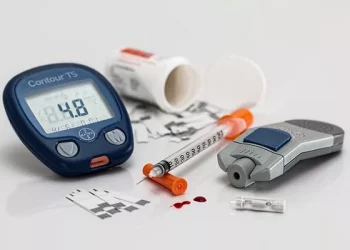A recent study published in Acta Materia Medica explored the comparative pharmacokinetics of berberine (BBR) and astragaloside IV (AST) in both normal and Type 2 diabetic (T2DM) rats. Using the UPLC-QqQ-MS/MS method, researchers simultaneously detected BBR, AST, and their primary metabolites, revealing significant insights into how these compounds interact in the body under different conditions.
The study found that in normal rats, BBR and AST reduced the internal exposure of each other and their main metabolites. However, in T2DM rats, AST had minimal effects on the pharmacokinetic parameters of BBR and its metabolites. Conversely, BBR did not significantly alter AST’s pharmacokinetic profile but notably increased the in vivo exposure to cycloastragenol (CAG), a key metabolite of AST.
Molecular docking studies indicated that both BBR and AST are likely substrates for P-glycoprotein (P-gp), a protein that plays a critical role in the absorption and elimination of drugs. Further, the research compared the gut microbiota of normal and T2DM rats using 16S rRNA sequencing. The results showed that T2DM rats had a higher abundance of microbiota capable of producing β-glucosidase and β-xylosidase, enzymes that promote the hydrolysis of AST into CAG.
The findings highlight that the oral bioavailability of both BBR and AST is reduced, particularly in T2DM rats, where the enriched gut microbiota accelerates the hydrolysis of AST, blocking the drug-drug interaction between BBR and AST. This research provides crucial insights into the pharmacokinetics of these compounds and their interactions, particularly in the context of diabetes, which could guide future therapeutic strategies involving these substances.
Related topics:
Liu Yuejin Was Prosecuted! Once Handled Mekong Case


























